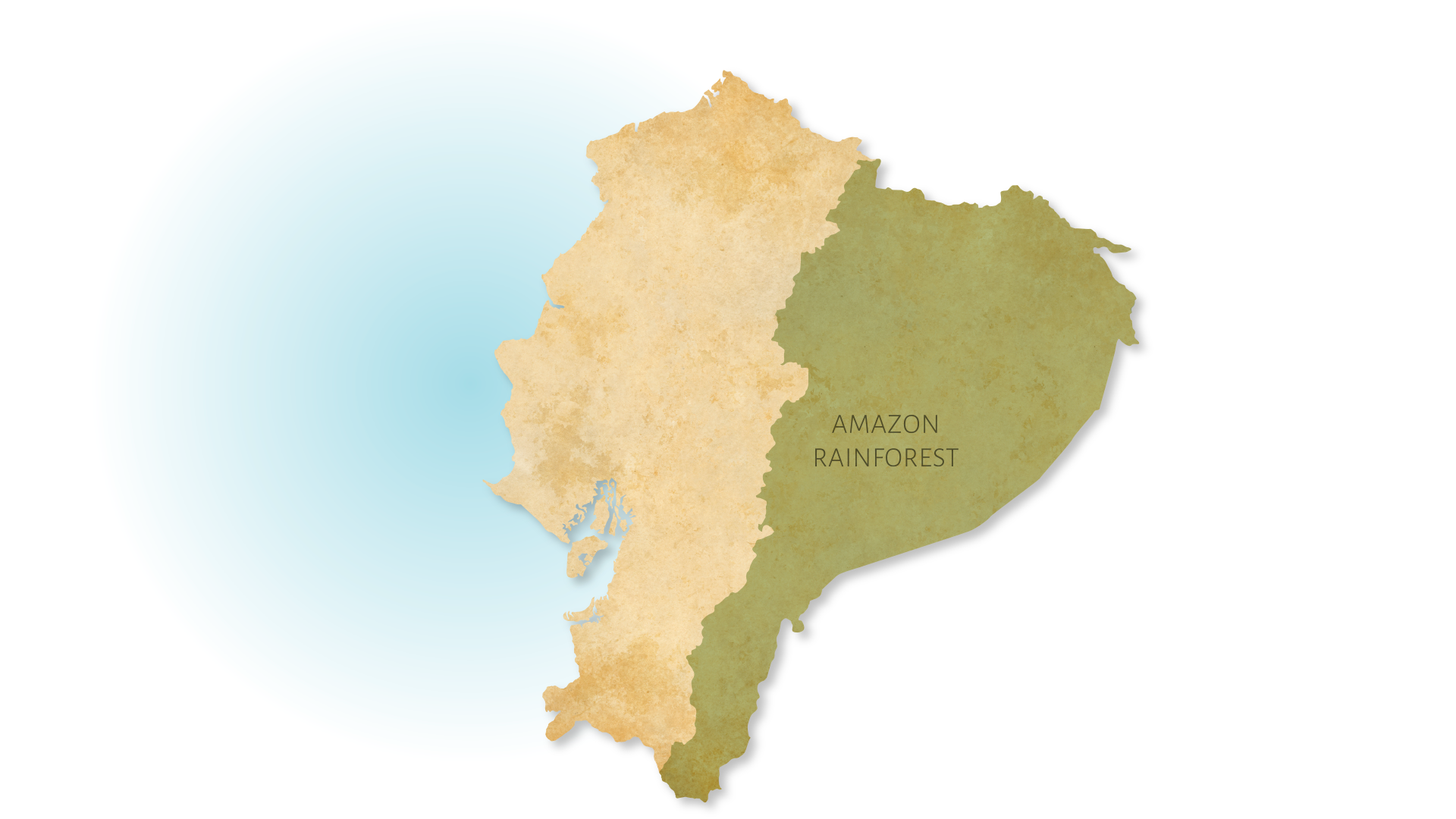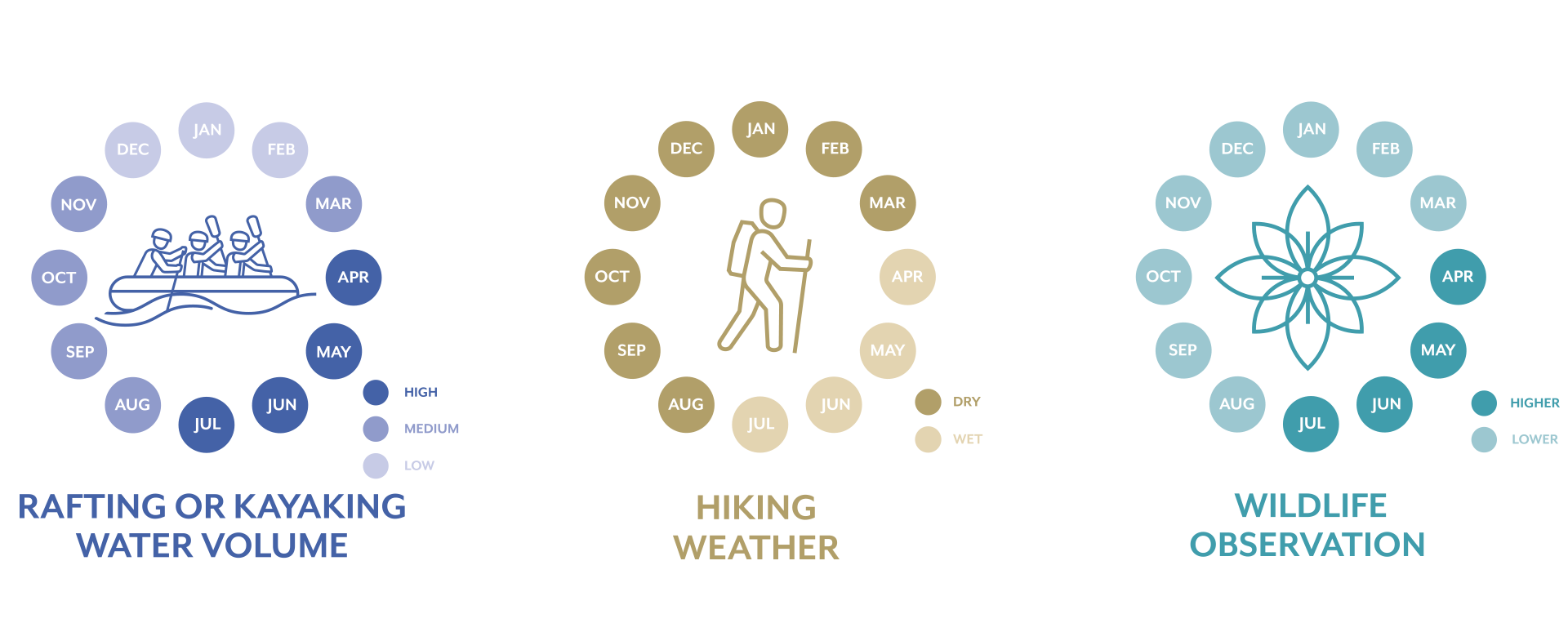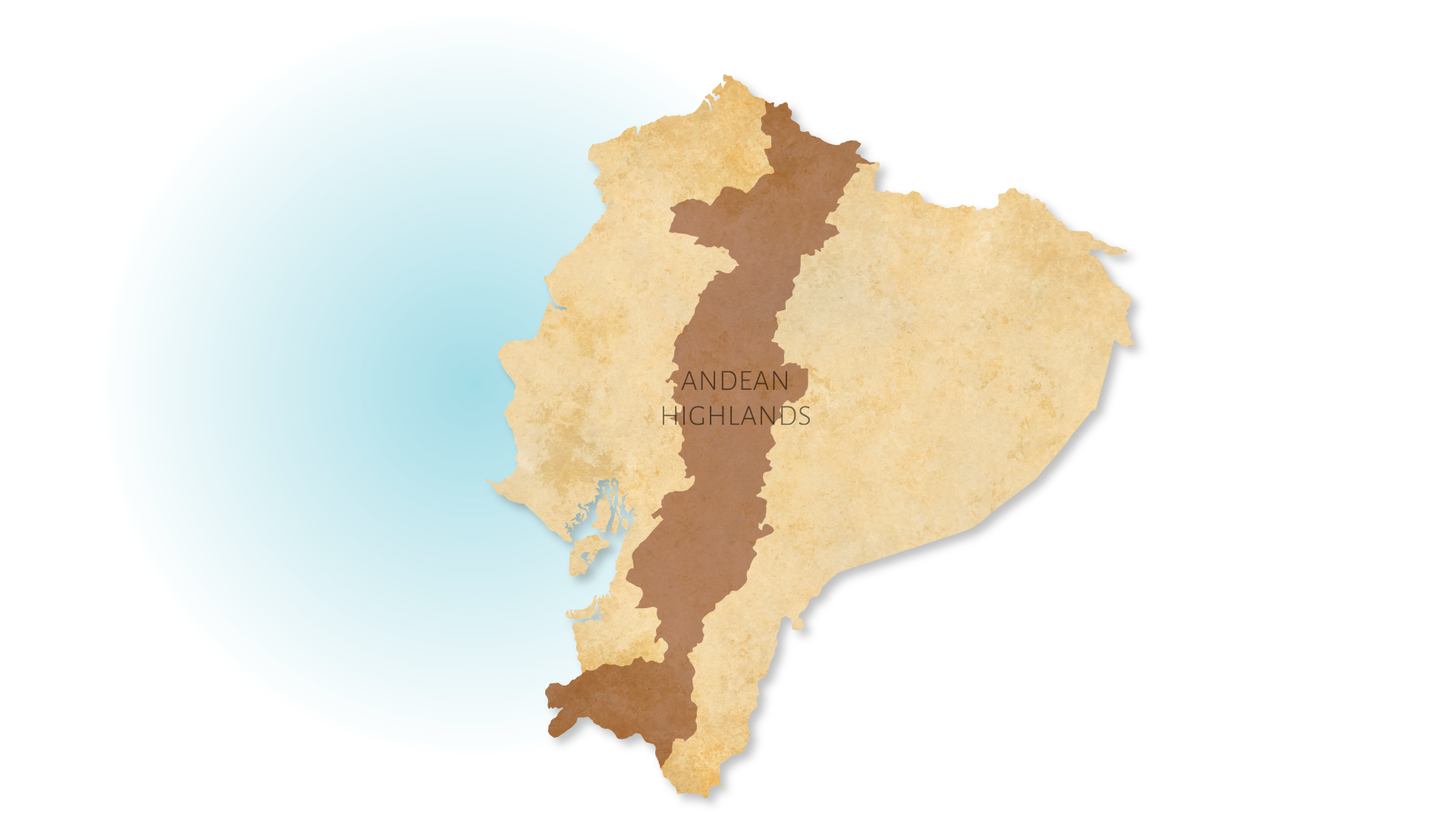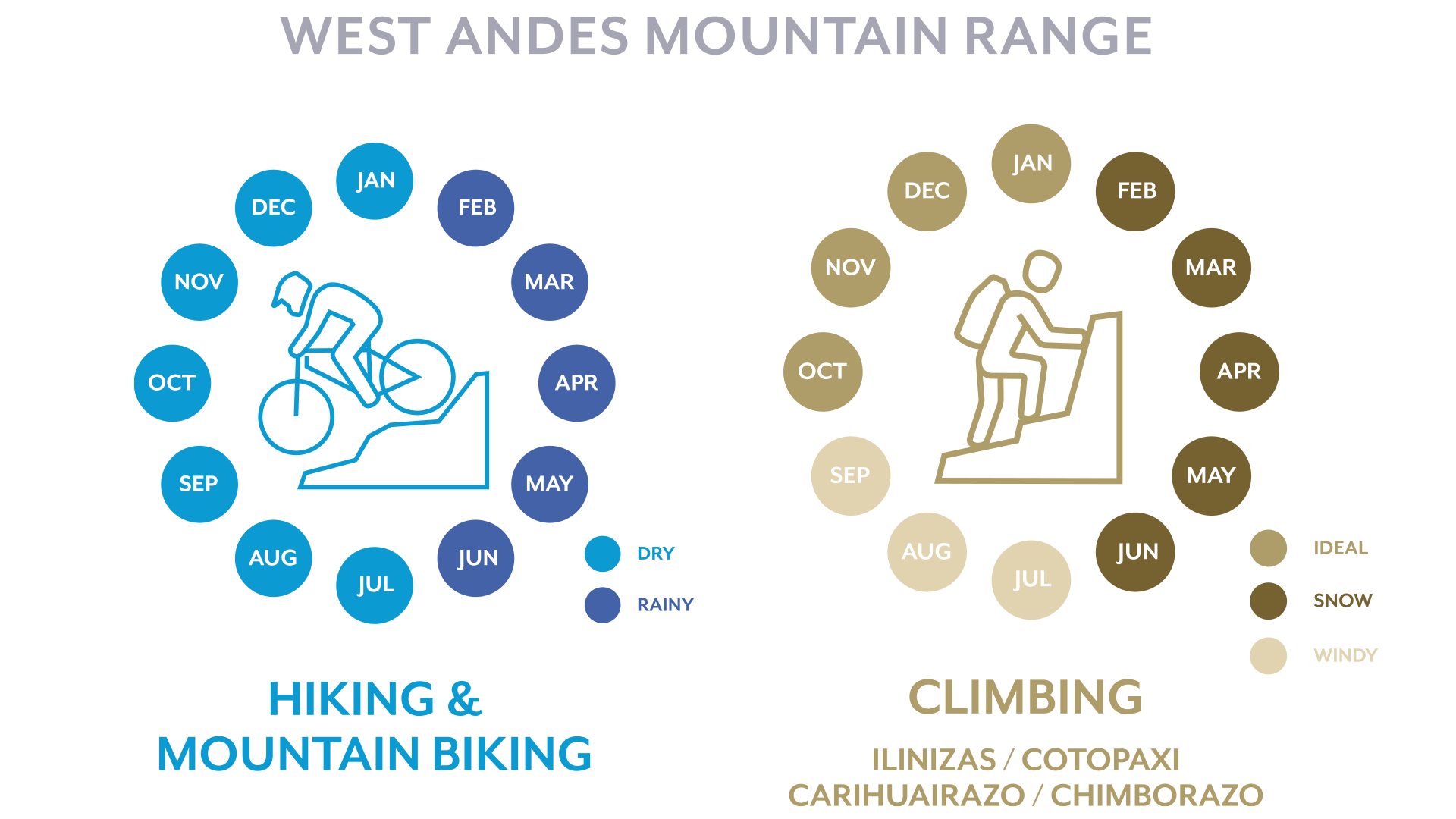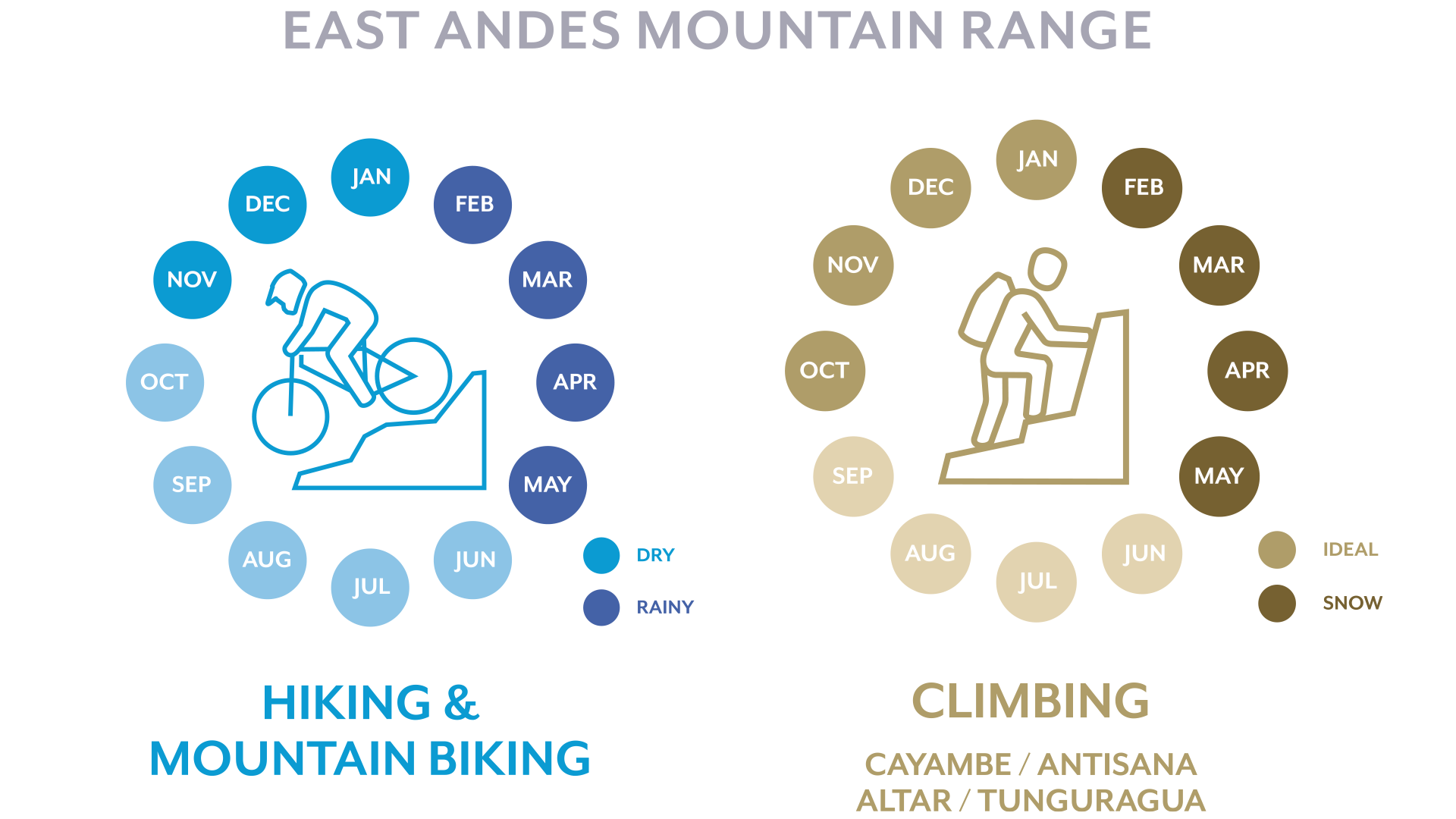Ecuador
The middle of everything
Meet the middle of the world
Ecuador: one country, four worlds
A fun-sized country packed with adventure on both sides of the equator. Explore an avenue of volcanoes, cities rich in history and culture, and the most biodiverse place on Earth: the Amazon basin.
Ecuador may be one of the smallest countries in South America, but it is one of the most biodiverse in the world considering the number of plant and animal species per each square kilometer of territory. Some people call it “the country of four worlds,” referring to its four vastly different regions: the Galápagos Islands, the continental coast, the highlands and the Amazon.
Scientists, artists, naturalists, and explorers such as Humboldt, Whymper, Godin, La Condamine, Church, Stubel, Reiss, Boussingault, Wolf, and Darwin have been notably mesmerized by the diversity of this land.
In the west, Ecuador’s beaches on the Pacific Ocean and its fertile coastal plains are remarkably close to the Andes mountains, which run through the middle of the country like a backbone and are met on the east by the Amazon basin, a mystical world of green splendor.
Humpback whales migrate from the Antarctic every year to give birth to their young in the warm waters of Ecuador’s coast. Meanwhile, in the highest parts of the Ecuadorian Andes, condors fly above tussock grasslands in search of food, and hummingbirds that have adapted to the altitude seek nectar in colorful chuquiraguas, the emblematic flowers of these lands. Snow-capped volcanoes, such as Cotopaxi, Antisana, Cayambe and Chimborazo, add beauty to the landscape and attract daring mountaineers.
As the mountains get lower, clouds paint the forests white, bringing moisture to the increasing vegetation. Spectacled bears, pumas and tapirs roam the lands between the Andes and the Amazon. Further into the rainforest, hundreds of species of birds, such as macaws, trogons and toucans, stand out among the greenery with their magnificent colors.
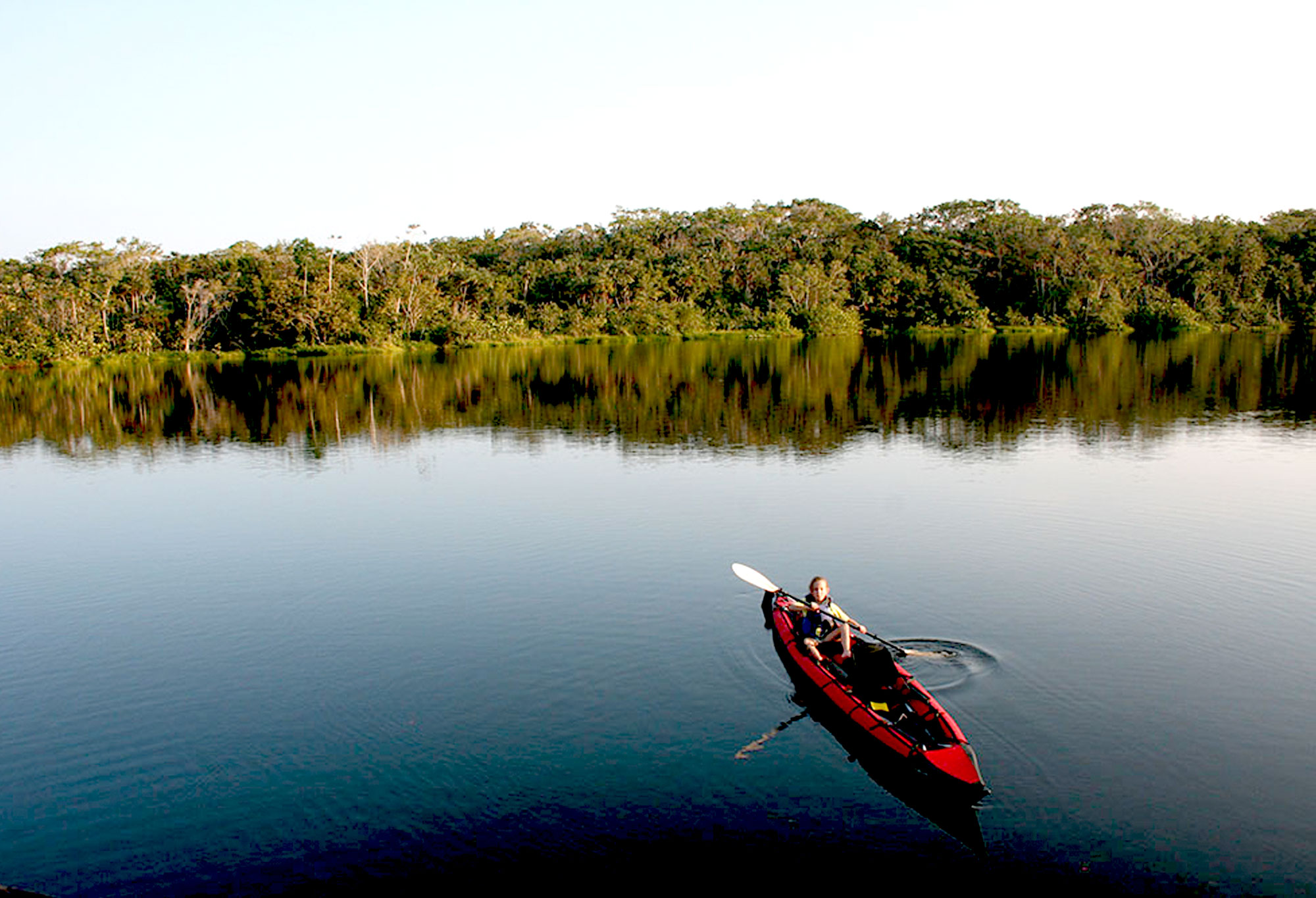
History and Culture
Learn about the cities and people of Ecuador
Cities such as Quito and Cuenca – both named World Heritage Sites by UNESCO – will take you on a trip across the ages, as they combine elements from the Inca Empire, the Spanish conquest and modern-day Ecuador.
Visit Incan archaeological sites near these cities, such as the ruins of Ingapirca, Cojitambo, Pumapungo and Rumicucho, to see well-preserved Incan masonry, sundials, aqueducts and other artifacts. Both cities have museums where you can learn about the Incas and other pre-Columbian indigenous peoples, such as the Cañaris and Panzaleos.
Today, 14 indigenous ethnic groups live in Ecuador, each with their own language and culture.
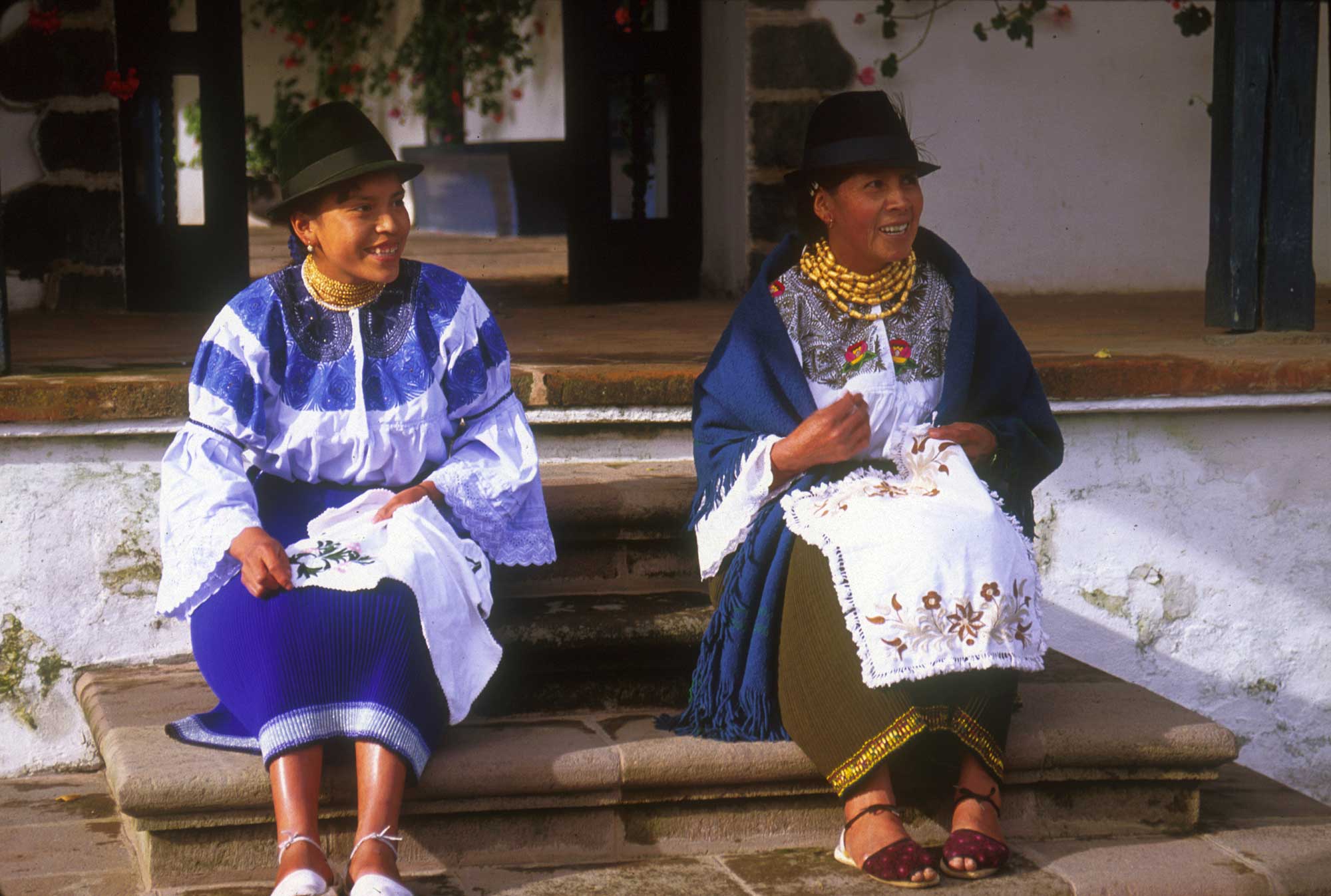
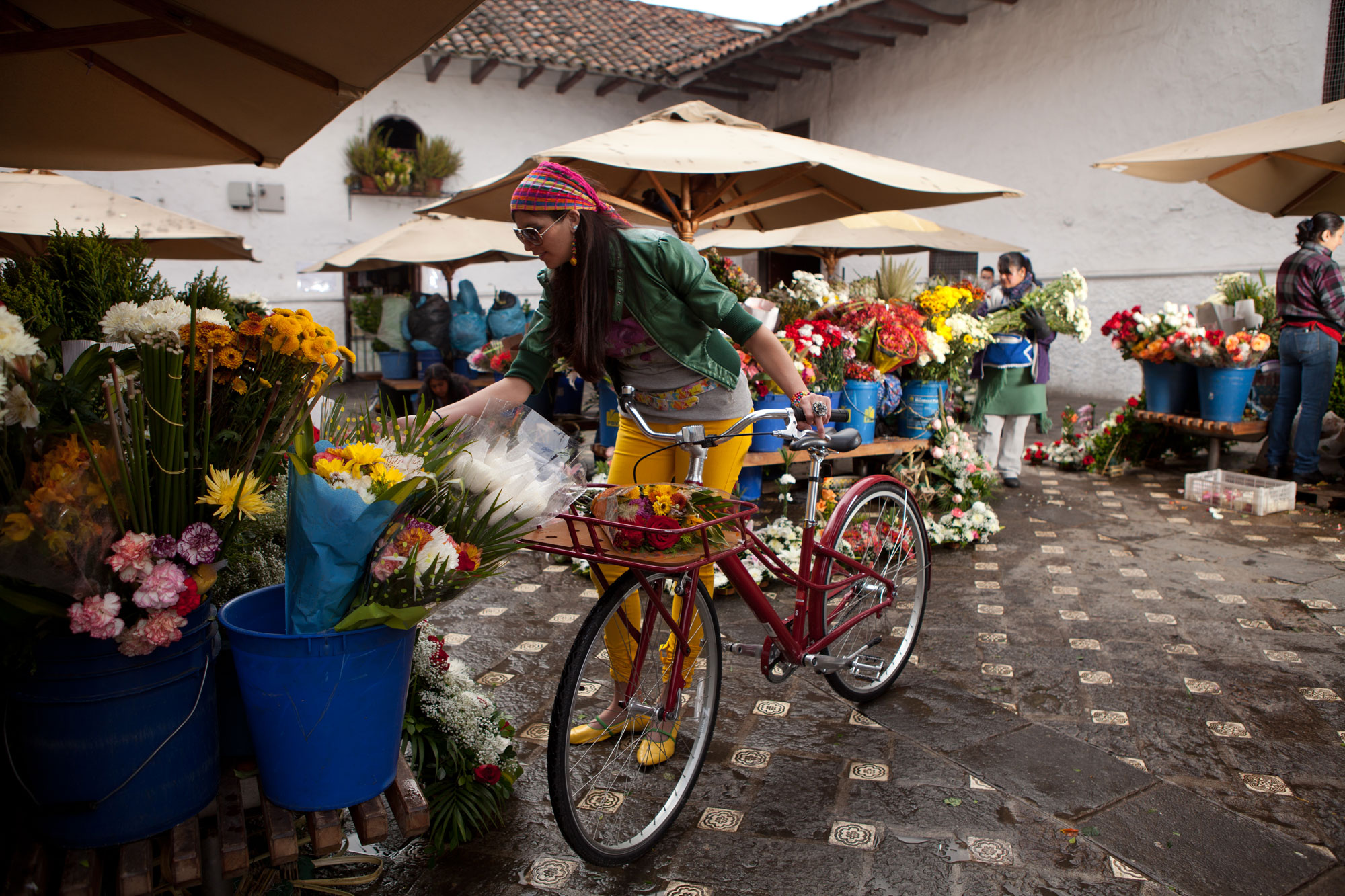
Admire the majestic cathedrals, mansions, plazas and other examples of Spanish colonial architecture found in the historic centers of Cuenca and Quito. The latter is the best-preserved historic center in Latin America, according to UNESCO. These colonial alleyways contrast with the modern architecture found in the rest of the city.
Ecuador’s economy relies on the exportation of oil, bananas, flowers, shrimp, tuna, cocoa and tropical fruits. It has two international airports (Quito and Guayaquil), as well as excellent highway infrastructure connecting its biggest cities.



